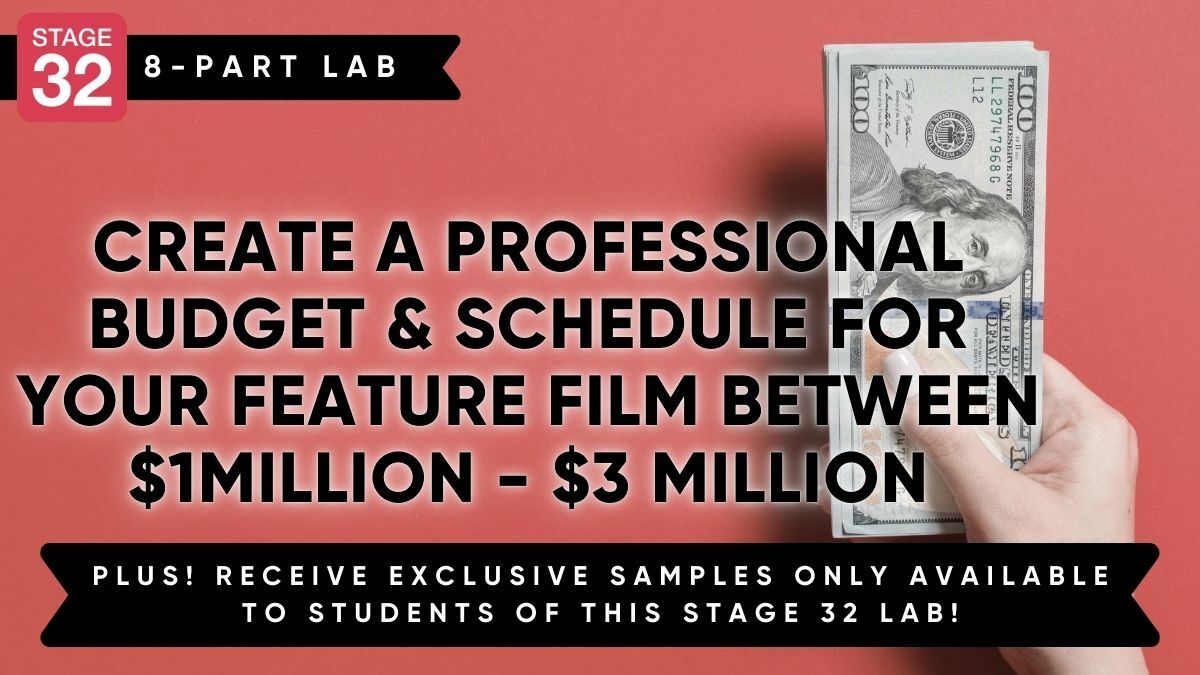When it comes to lighting, is there ever a time to just use the lighting already there? And if so, how does one know when to do that? To help paint the perspective, I'm shooting a scene in a basement at night. The main character will be sitting at the end of a bar with an overhead light about 2-3 feet in front of him. Would I need more than that?



3 people like this
From a technical standpoint, that existing light is likely enough for an exposure, however from a Cinematographer/artistic standpoint it likely is not enough to make a nice well crafted image.
1 person likes this
It depends on the equipment and what kind of look you're aiming for. Newer equipment can work fine in low to minimum lighting situations, but you might end up with some image effects. It's possible to add some light that's outside the shot that allows you to have the illusion that all the light is still coming from the overhead bar light and it will look natural to the average bar goer.
3 people like this
Always a good idea to supplement available light. Specially in dark interiors
1 person likes this
Well a year ago we shot a music video that was light by additional lighting to look like the already existing light in the bar and the images came out beautiful. But was expensive to light.
On the other hand last summer we shot a short and some scenes were shot on the street and light only by the existing light and it also came out great also. Yes there was some noise but it was filtered in the edit.
I like to light with lights but budgets sometimes don't allow me too so I'm really happy that we're usually able to find locations that are light enough and the new camera that has really good low light capability.
1 person likes this
What you're talking about is called motivated lighting and it can be a very good idea IF you think about the placement of lighting on your characters and the overall feel of what you are going for. A lot of times you might use that pre-existing lighting, but adapt or modify it off screen since the CRI is not generally high enough, or the color balance is not what you had intended. For instance, maybe there is a scene with a desklamp, but instead of using the cheapo bulb inside they throw an aputure mx in and set it to tungsten. Still gives the same effect of being a motivated part of the scene, but it is probably warmer and more color accurate, as well as being able to be tuned to the exact brightness needed to splash a bit of warmth on the actors faces. Maybe instead of the florescent lighting in an office, you get some blue or even green gelled kinos in the same general place, whether you are going for a very dull or matrixy kind of effect... or you might even replace them with some legit quasars if you really need those tube lights.
And even still, and you'd be surprised how common this is;
Sometimes just throwing a decent but cheap high CRI light inside a china ball can make a world of difference. If you're on a budget this may be what you want to try for your project.
2 people like this
Ben Hinman you know I've done that with a china ball. I've used it on outside shots and put it on a boom. There was one more trick I used just recently. We had an outside shoot at night and there were no lights anywhere and a few days before that I went to Ikea and found some really cool USB PC illumination lights on like a semi-rigid stem that could be bent anyway. They were tungsten warm so they were usable and I bought a bunch of them because they were cheap.
And when we shot we just plugged a bunch of them into a power bank and had someone follow off screen behind for the hair light and in front for the key light.
Actually worked really well.
1 person likes this
Without knowing what that light is, what camera you are shooting with and what lens, this is just a somewhat wild guess. Chances are the light will be enough to get enough exposure to make images. However the main issue with existing light is simply, does it look good? By good I mean appropriate for the story you are telling. That is far more the important aspect. With the advent of very high sensitivity, more and more people are shooting in light that looks quite awful on screen. Colour reproduction is quite critical when shooting faces and not all existing light will result in good colour. How the light falls on the face, the contrast, the quality of the light are all important considerations.
For the basement bar scenario, remember that you will also need to see the room well enough so that the wide shots will give you the geography of the location. Just dark behind your actor will not be pa good look. Think of images you have seen that give you ideas about colour, contrast and brightness, so that you have a mental guide when lighting to create a feel for the sequence. Even if the light on the actor looks correct, you will need to light the background. Add to this the likely need for some light in the background to reflect off of the bar to give it some depth and you aren’t going to get away without doing some lighting to make the shot work. If you can shoot a test shot or a still to see what it will look like and base what you do to change it on that image.
Vilmos Zigmond always called it “unavailable light”. He said, you take a light reading and you can shoot, but it will look so awful you cannot use it. Since he first told me that, it has always been part of my consideration of any location, Vilmos was always right.
The best answer is right at hand. The camera and lens, or an equivalent, that you will be using to shoot your short. Take a still or shoot a few seconds of motion in the location. Take these images and have a long look at them thinking about what you could do to make the images better. Could be part of a video storyboard for you. Being able to see the images you will get with the existing light is a huge help, use it.